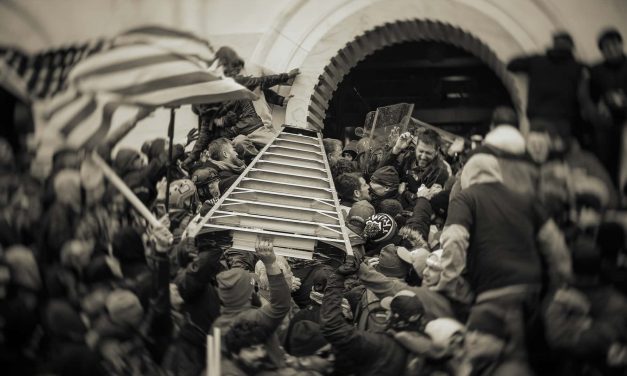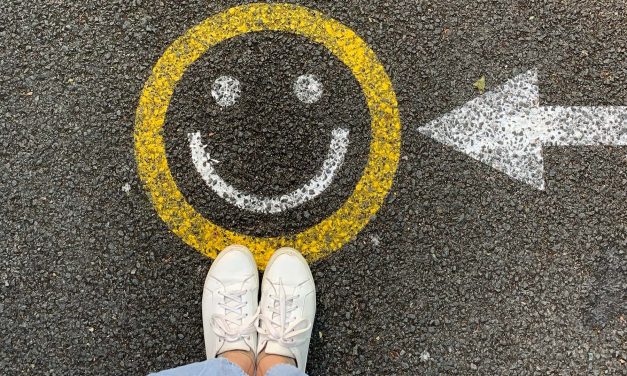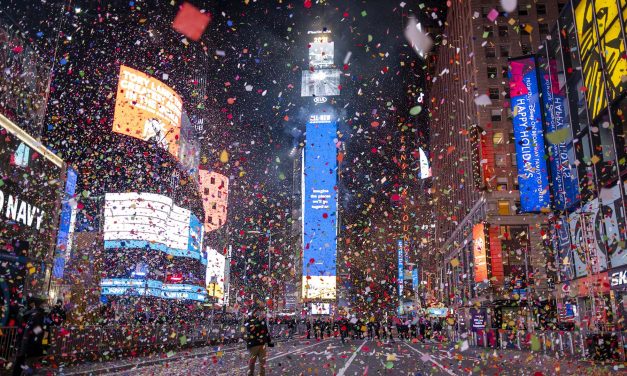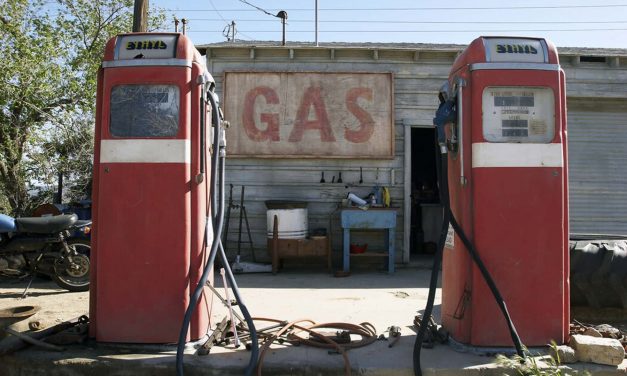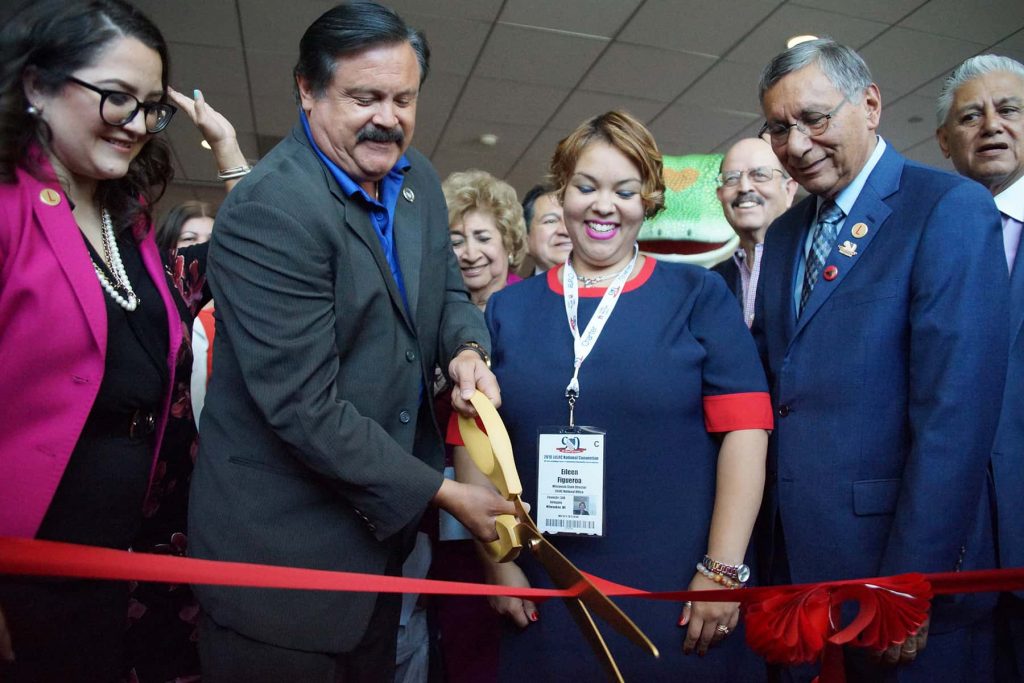Seeing the Facts: President Joe Biden asks Americans to believe the truth of January 6 with their own eyes
By John M. Murphy, Professor of Communication, University of Illinois at Urbana-Champaign President Joe Biden closed his speech commemorating and deploring the events of January 6, 2021, by asking God to “bless those who stand watch over democracy.” To “stand watch” is to stand guard, but as a metaphor, it runs deeper. To stand watch on a ship is to keep out a weather eye – to keep an eye on the sea and sky for potential danger. In this larger sense, Biden’s address called on Americans to see the plain truth, to bear witness to the violence of...
Read More

